The advent of artificial lighting has forever changed how humans live and work, providing constant access to light and creating new opportunities for productivity. However, traditional lighting, designed mainly to combat darkness, often fails to consider the significant impact of natural light deprivation on human health. With most people spending approximately 90% of their time indoors, often under artificial lights, the importance of lighting on employee productivity and well-being cannot be overstated.
Natural Light Versus Artificial Lighting
Humans inherently need sunlight, which varies throughout the day, from blue-infused morning light to warmer amber hues in the evening. This natural variation helps regulate the circadian rhythm, a roughly 24-hour cycle that governs vital functions such as sleep and cell regeneration. Unfortunately, many workers spend little to no time in natural light during their workday, contributing to rising rates of burnout and exhaustion. A study highlighted that 52% of respondents frequently or always felt exhausted, underscoring the need to re-evaluate how lighting affects employee health.
Exposure to natural light has proven benefits. Spending an average of 2.5 hours outdoors in daylight can significantly reduce the risk of depressive disorders. Aligning a person’s circadian rhythm not only boosts energy levels but also improves sleep quality, which in turn enhances productivity. Just 30 minutes of direct sunlight daily can lead to better sleep and increased daytime alertness, focus, and energy. Thus, natural lighting is crucial in creating a pleasant and productive work environment, positively influencing employee satisfaction.
Conversely, inefficient artificial lighting can lead to headaches, vision issues, depression, and fatigue. Prolonged exposure can increase the risk of long-term health problems, including diabetes, heart conditions, and certain cancers. Inadequate lighting can also result in decreased focus, lower morale, higher turnover, and absenteeism, along with increased workplace injuries and accidents.
Creating Human-Centric Light
Recent advancements in lighting technology aim to mimic the beneficial effects of natural light. Human-centric lighting solutions, particularly LED lighting, are designed to support circadian rhythms by incorporating different colors and intensities that align with the natural light cycle. These LEDs can significantly enhance employee productivity and well-being.
The science behind these lighting solutions revolves around understanding how different wavelengths of light affect the body. Intrinsically photosensitive retinal ganglion cells (ipRGCs) in the retina absorb light and signal the brain regarding light levels. These cells contain melanopsin, which is crucial for the circadian rhythm. Blue light, particularly within the 460 to 490 nm range, plays a vital role in regulating the human biological clock by communicating with the suprachiasmatic nucleus (SCN).
Traditional LED lighting, while more efficient than older lighting technologies, lacked the qualities necessary to align with human biology. The development of circadian LED lighting, with careful selection of semiconductor materials and optimized LED design, addresses this gap by providing light that supports both visual and non-visual functions. The Melanopic/Photopic (M/P) ratio and Equivalent Melanopic Lux (EML) are key measurements used to tailor lighting solutions that enhance biological responses.
Circadian lighting stands at the forefront of revolutionizing indoor illumination, harmonizing biological rhythms with natural daylight patterns. This lighting technology boosts alertness, reduces fatigue, improves sleep quality, and enhances overall well-being. By embracing circadian lighting, businesses can foster a healthier, more productive work environment, ultimately leading to greater employee satisfaction and performance across various professional domains. The benefits of LEDs on health and employee productivity are clear, making this technology an essential consideration for modern workplaces.
Click here to read the full article, originally published May 7, 2024 by Engineering.com

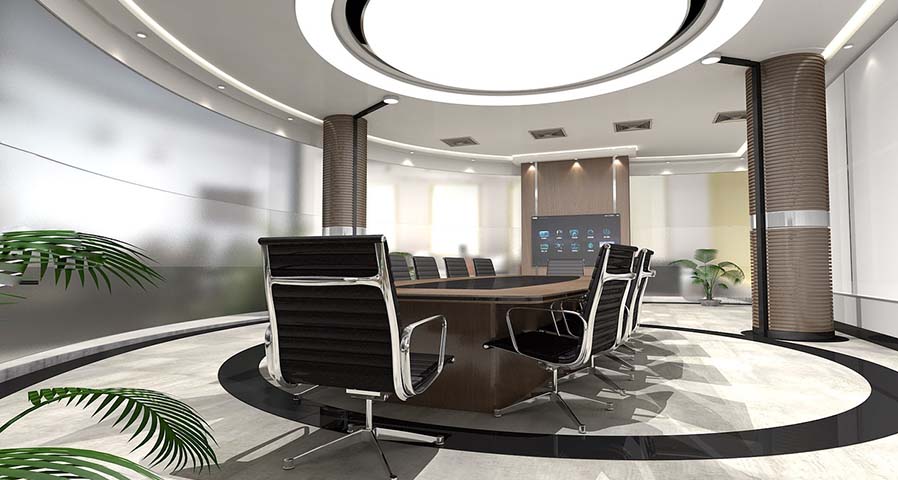

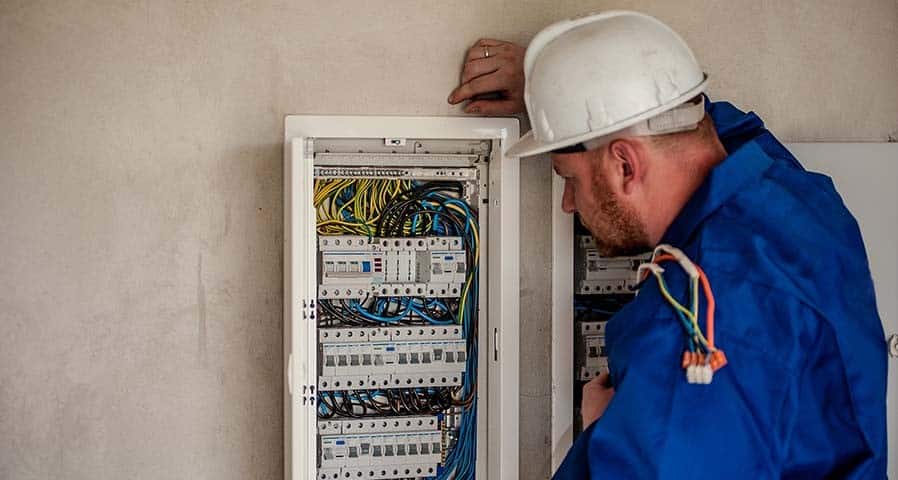



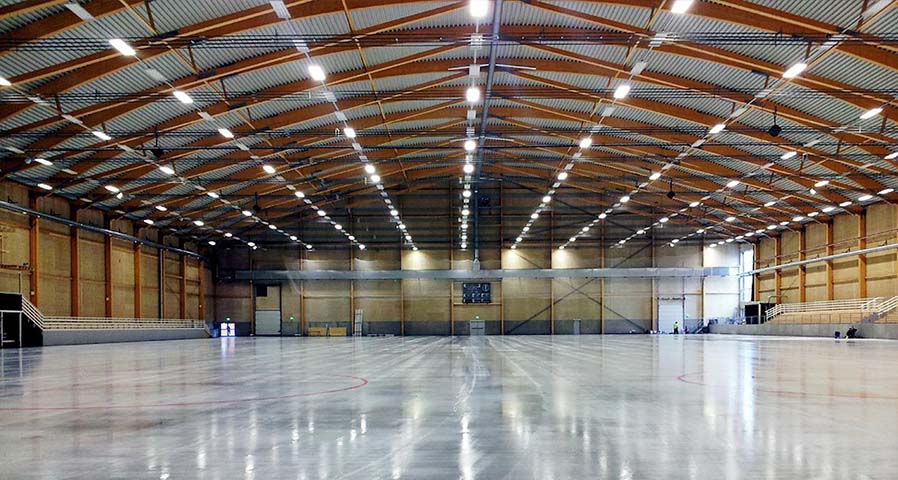
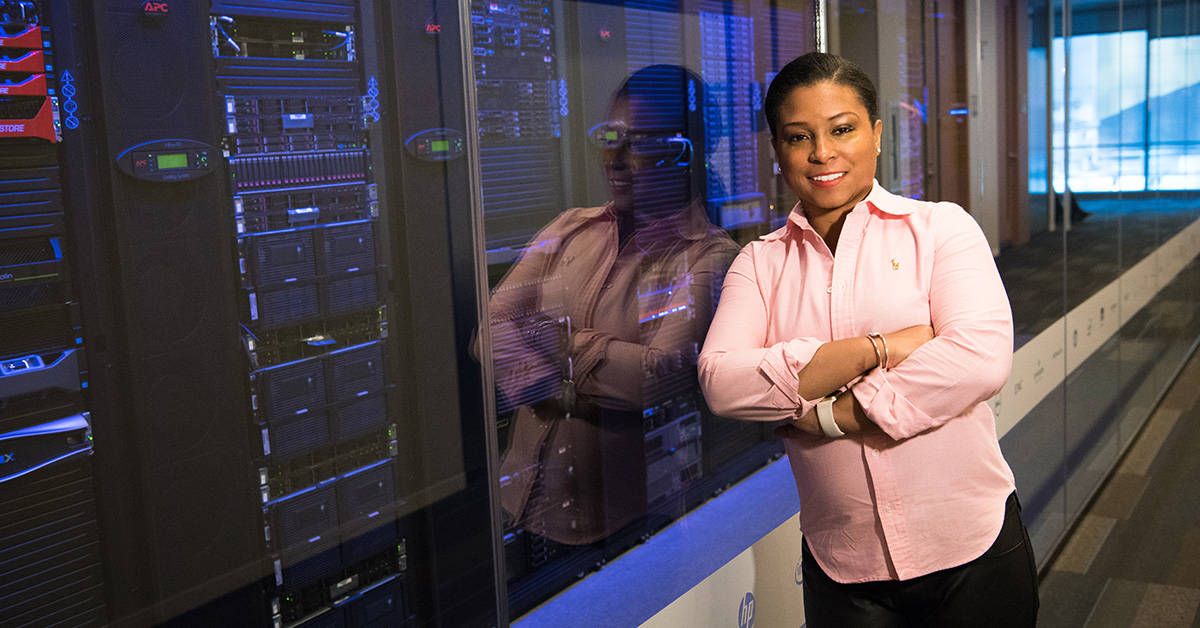







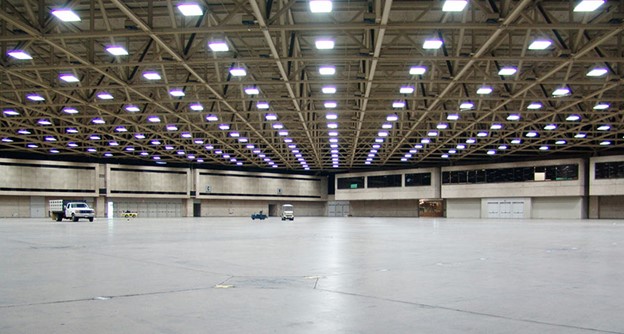
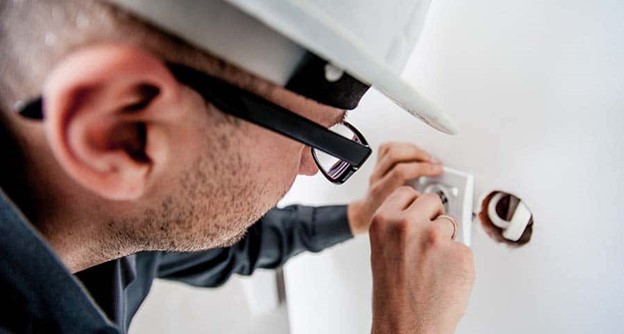


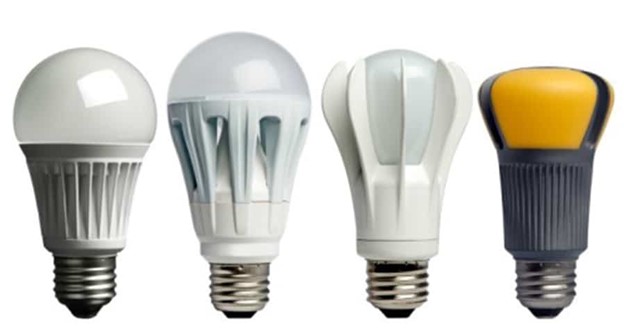
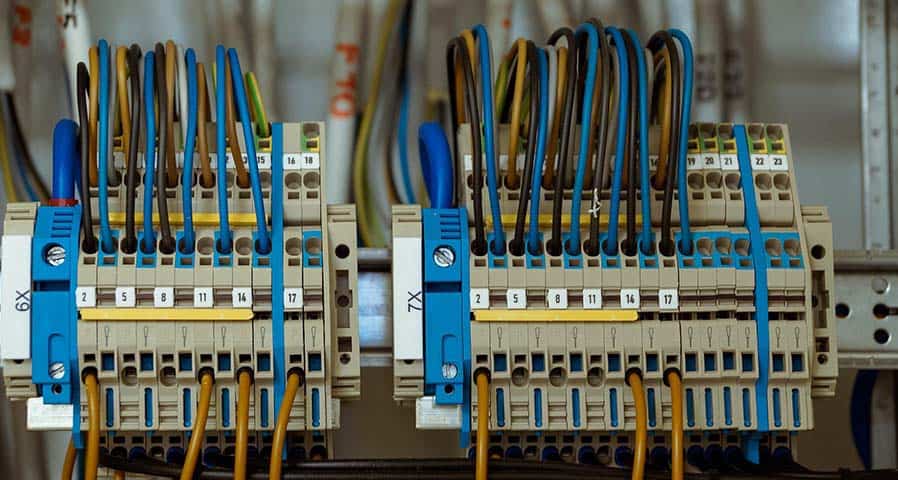





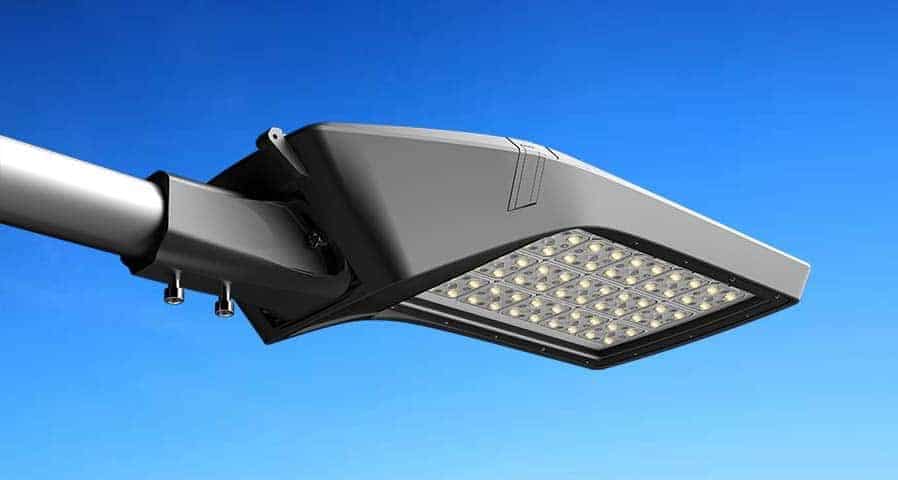
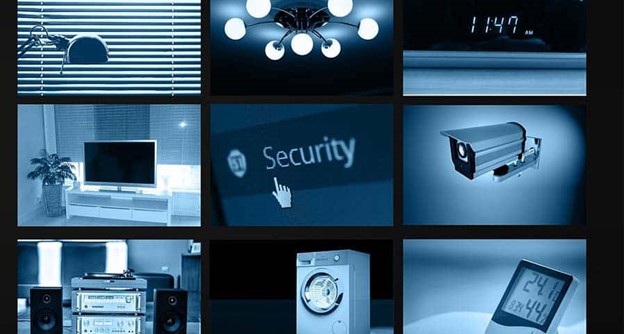

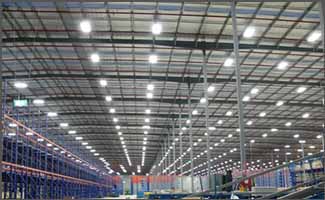




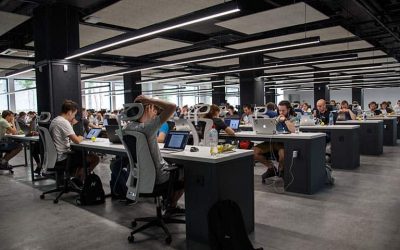



0 Comments